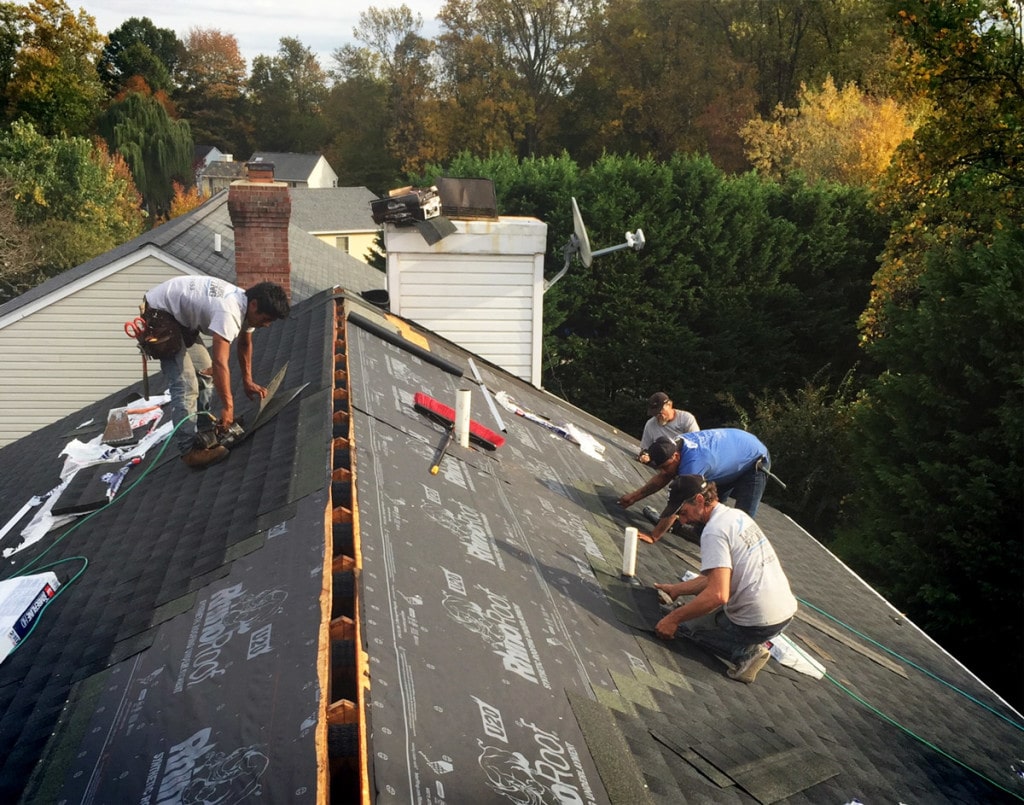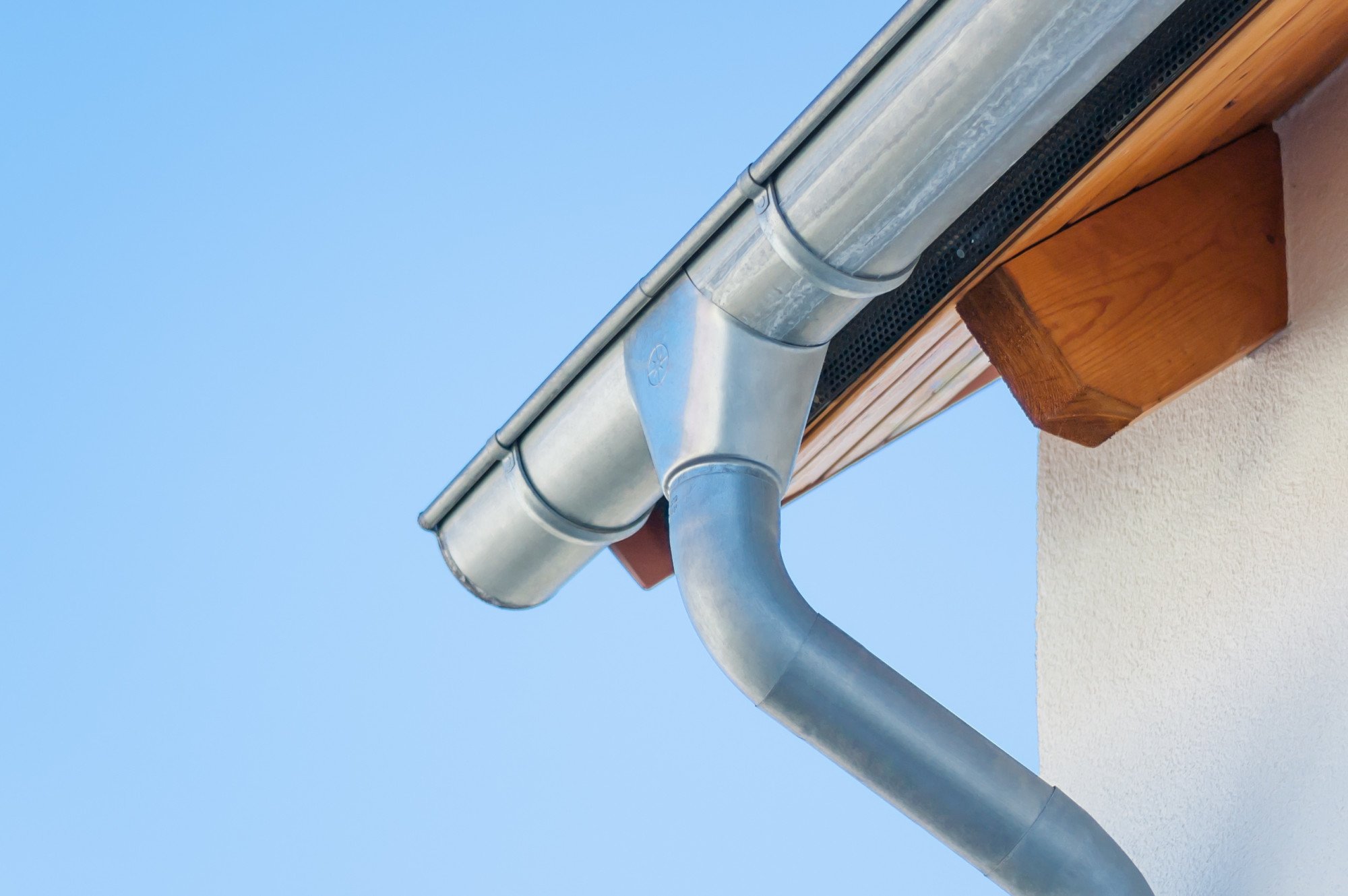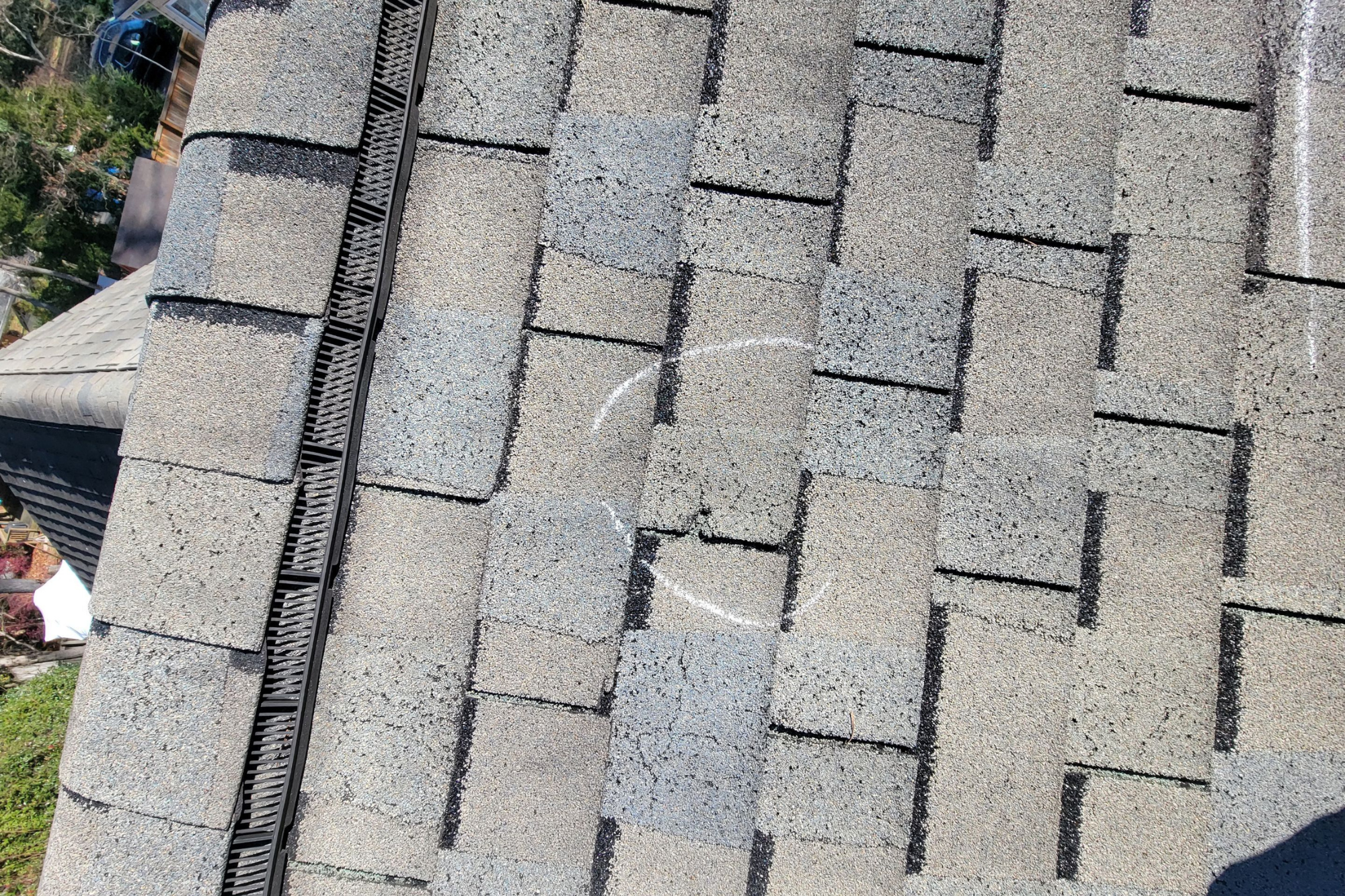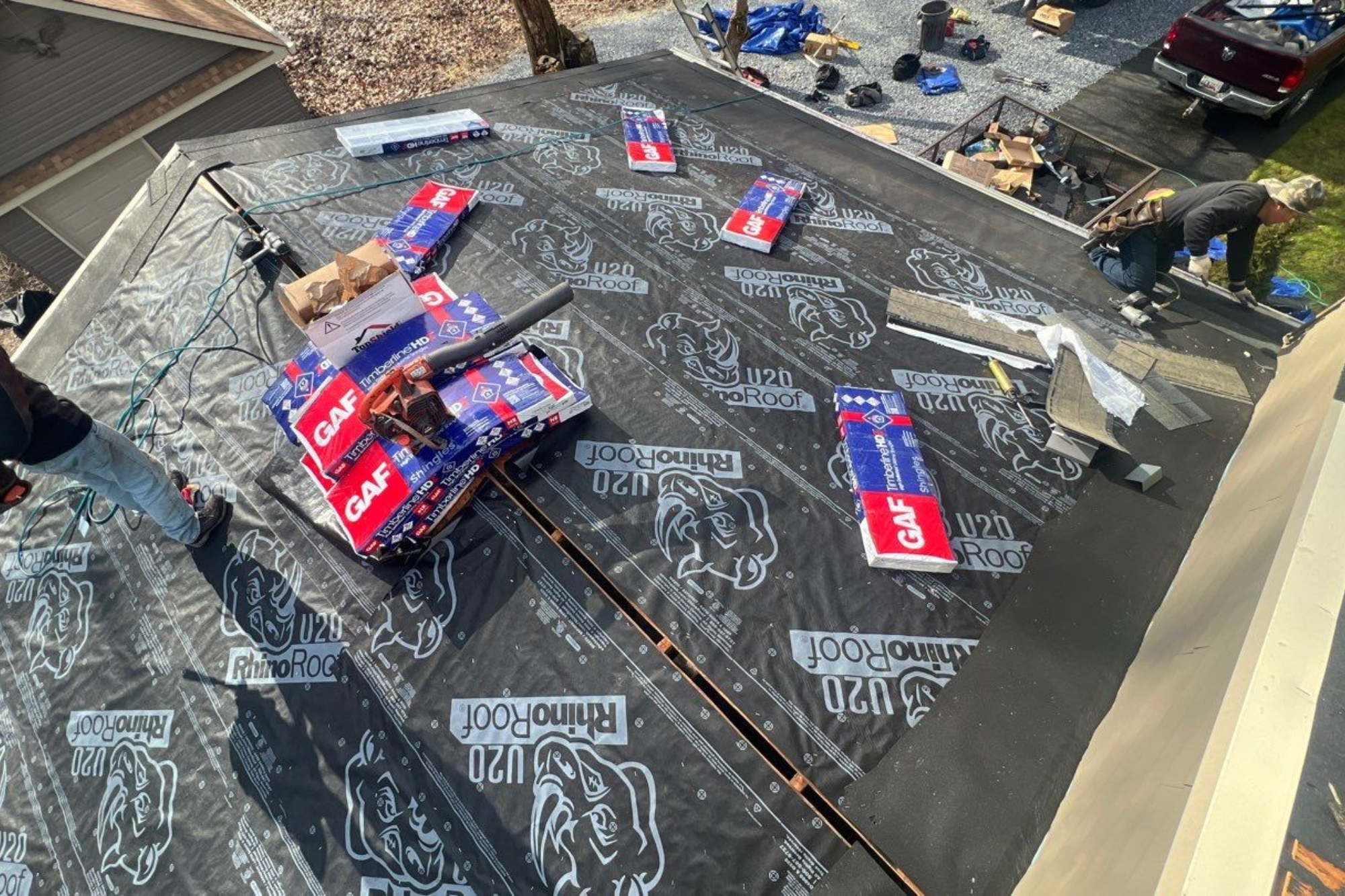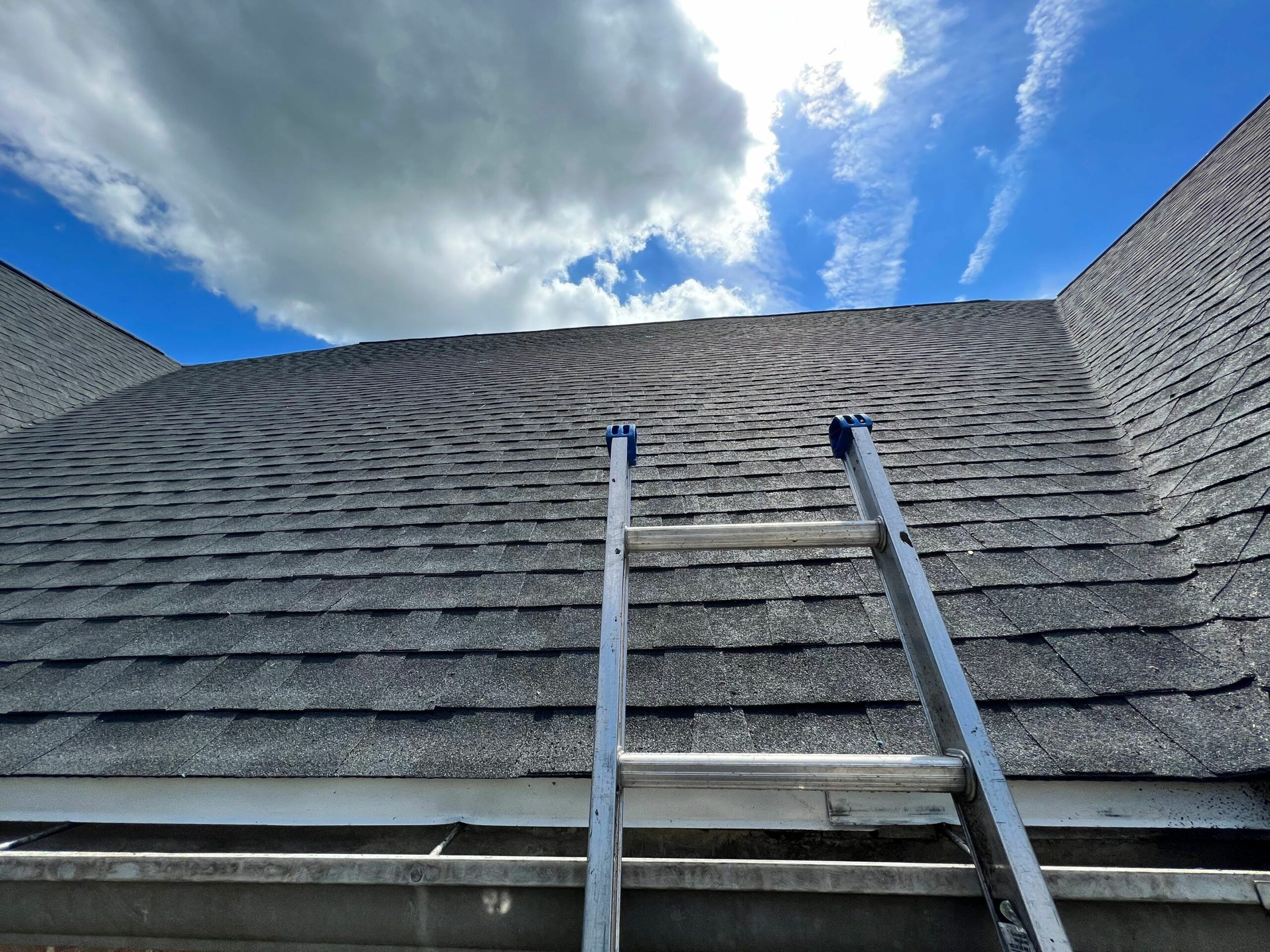Homeowners are often unsure about whether a damaged roof needs to be repaired or replaced. There are a lot of physical factors that go into this repair or replace decision. Sometimes damage is minimal or limited to one location, and other times it is more pervasive, making repairs inefficient. Paying attention to the following factors can help you decide, as you consult with your trusted contractor.
- A Recent Storm or Catastrophe
Storms, tornadoes, earthquakes and hurricanes can all damage a roof to the point where it needs to be replaced. You will often be able to see the damage easily, and sometimes there may be further damage that isn’t easily noticeable. An inspection can is always a good idea in this case, and a good contractor won’t push for a roof replacement when it isn’t necessary.
- Other Weather-Related Issues
Houses in certain geographical areas are under weather-related strains. For example, long-term sun exposure can deteriorate shingles over a period of time. Constant rain can cause water damage when shingles are damaged or missing. Snow and ice can freeze and refreeze on a roof, which can back up drainage to the gutter. High winds can lift roof shingles at the edges, which can cause leaks into the home. Fallen tree branches can damage shingles, and leaves left on roofs for sustained periods of time can cause rotting. You won’t always need a new roof due to a weather-related issue, but it is often in your best interest to treat these problems as they occur. Doing so can increase the longevity of your roof, and subsequently the value of your home instead of fixing only one of the problems with a roof repair.
- Moisture
If you have brown stains on your interior walls, peeling paint or moisture leaks, your roof is most likely damaged. Some leaks are small and can be easily fixed, which makes roof repair easy as well. Other times the moisture is more significant and widespread, which necessitates a replacement. Moisture should always be treated as it arises, as it can have a damaging effect on other areas of the house’s structure. If your attic doesn’t have proper ventilation, it can house condensation due to the temperature difference between the outdoor and attic air.
- Age
Most roofs have a lifespan of 20 to 25 years, though it depends of the type of roof you have had installed. Asphalt and wood shingles have the shortest lifespan, at about 15 to 20 years, and clay or concrete tile, metal and aluminum last the longest, at over centuries.
A happy, healthy roof protects a house’s interior and can increase the lifespan of your home. Maryland homeowners trust Severna Park-based Landmark Roofing with roofing needs big or small. Give our team a call at 443-292-5242 to speak to a member of our team.
Contact Us
After starting his first business at age 26, Artie Hendricks partnered with his best friend Rob Calhan and they have assembled a team of skilled and conscientious friends to be the core of Landmark Roofing. He largely credits his father’s strong and consistent work ethic and his father’s best friend Jerry, who owns a construction company and trained him through his first building experiences. Artie has since advanced through degrees in architecture, auto-CAD and construction management to build a business that prides itself on the care it shows for its work and its customers’ satisfaction.

